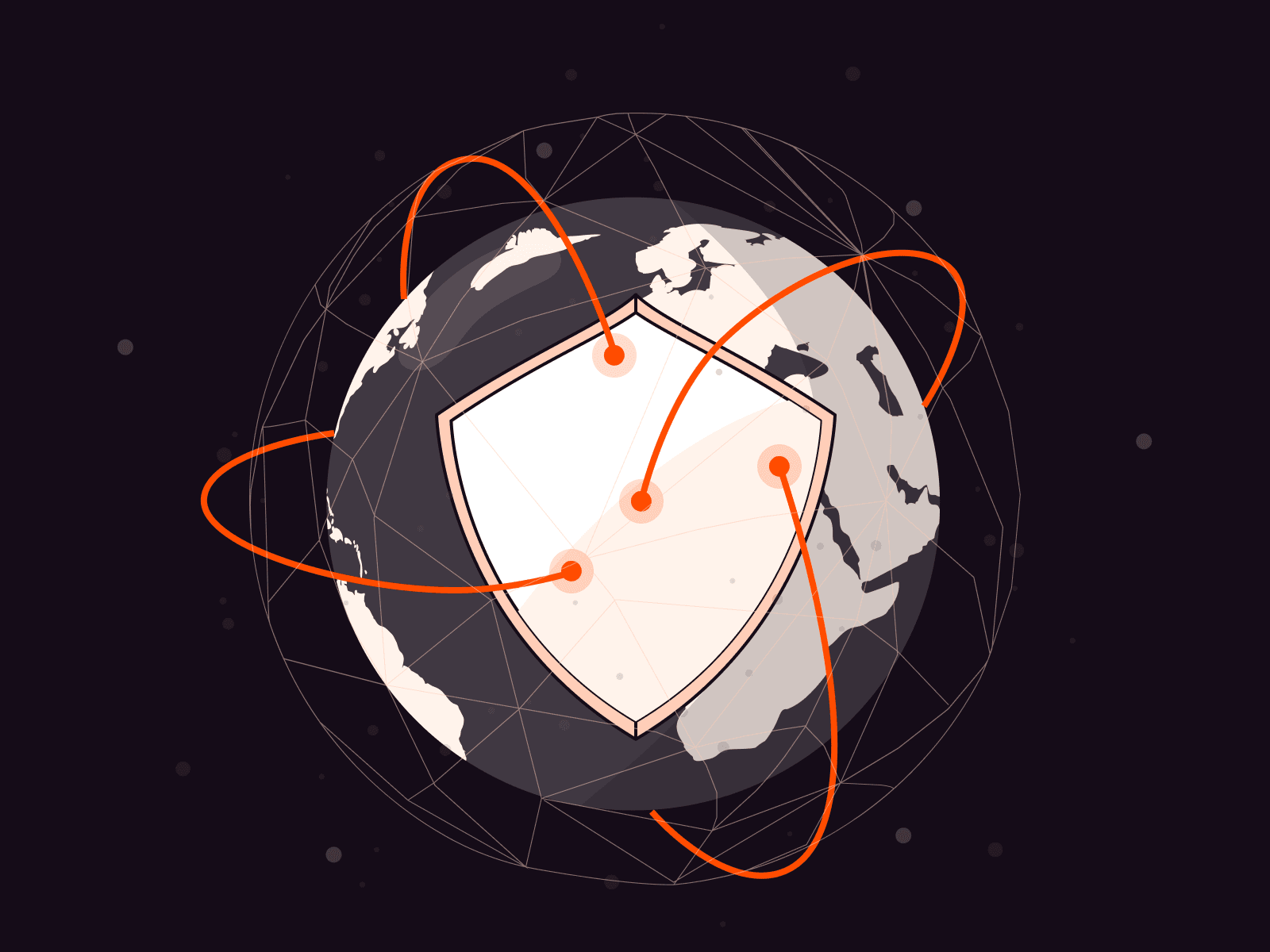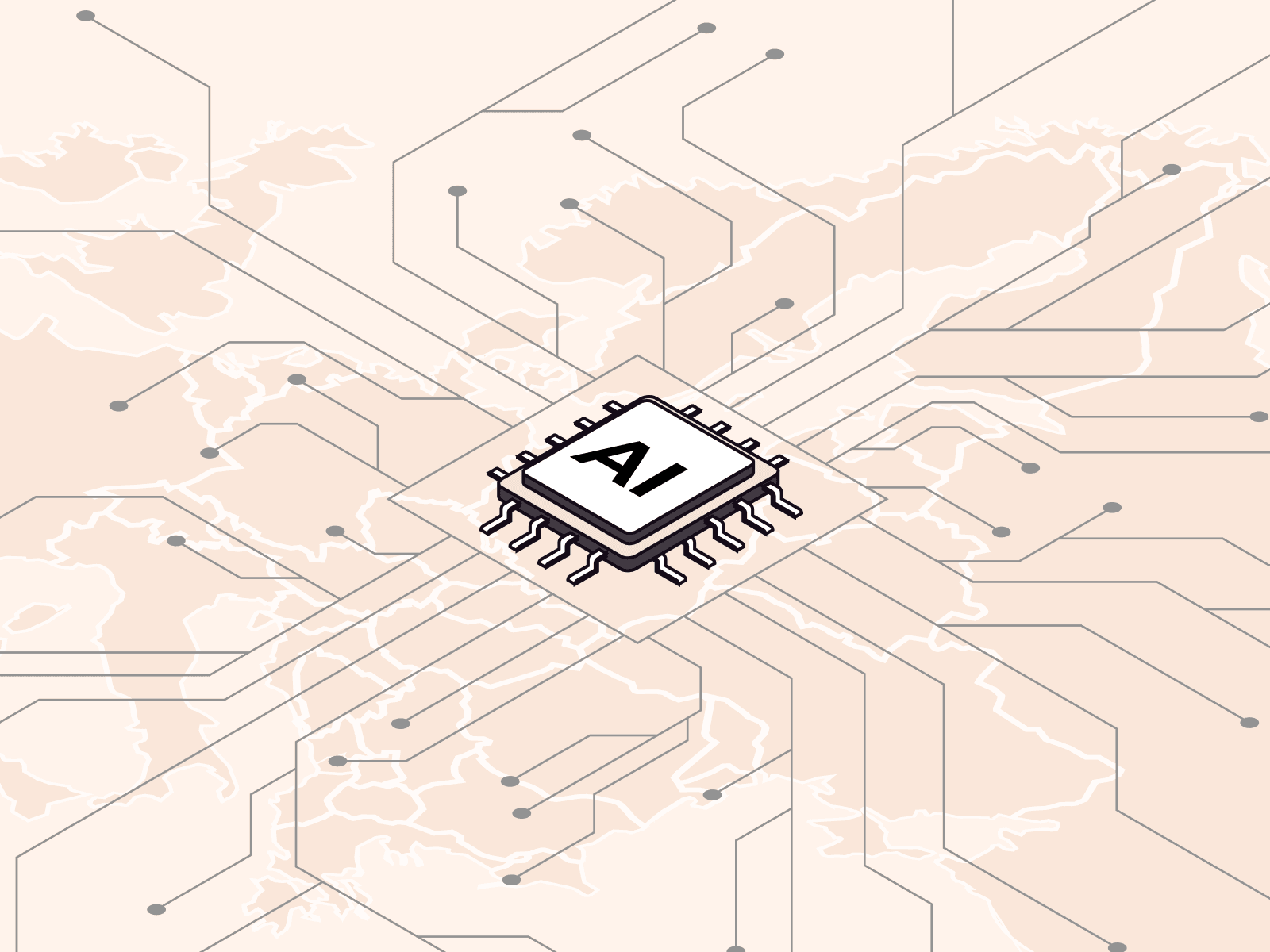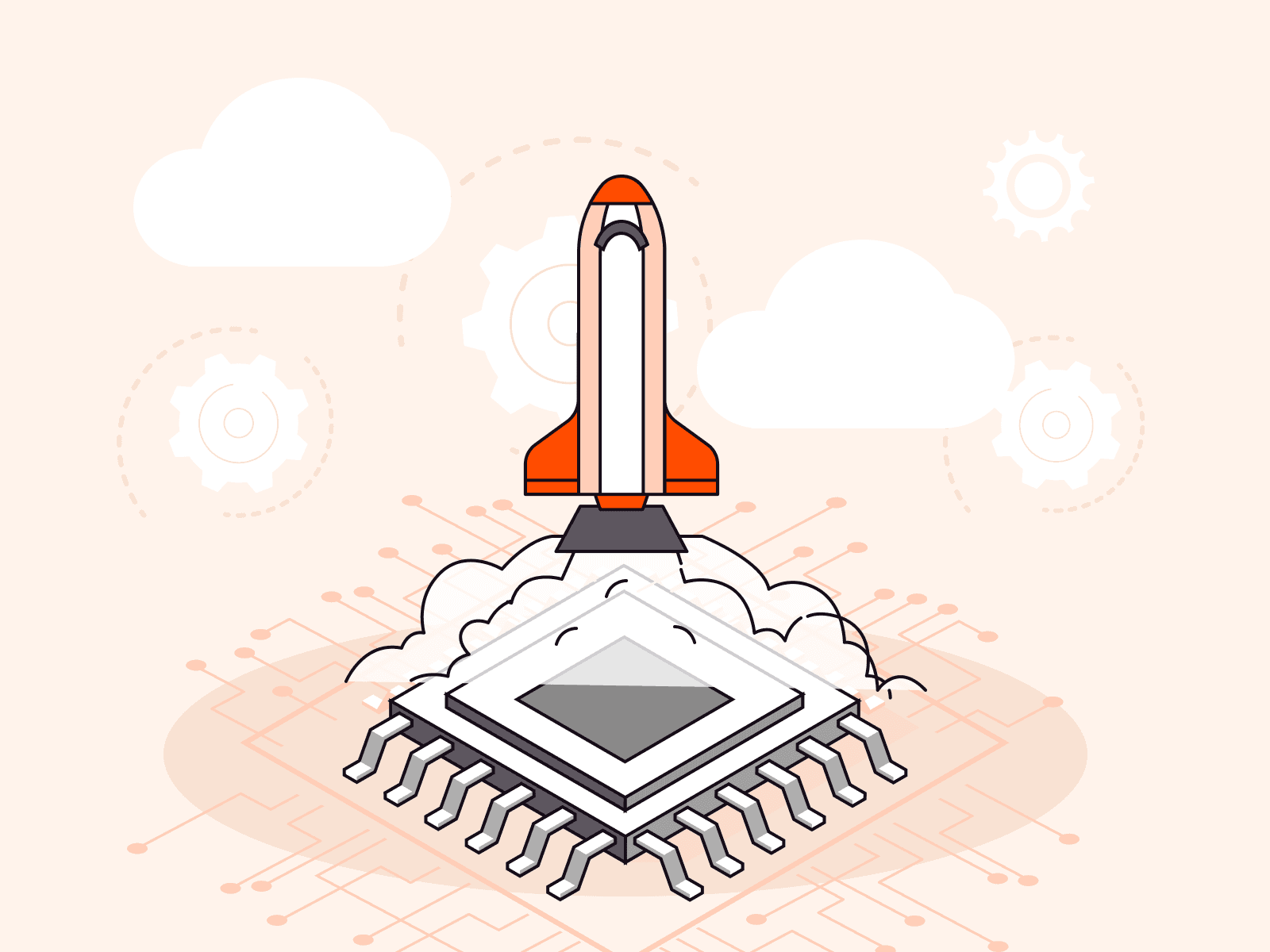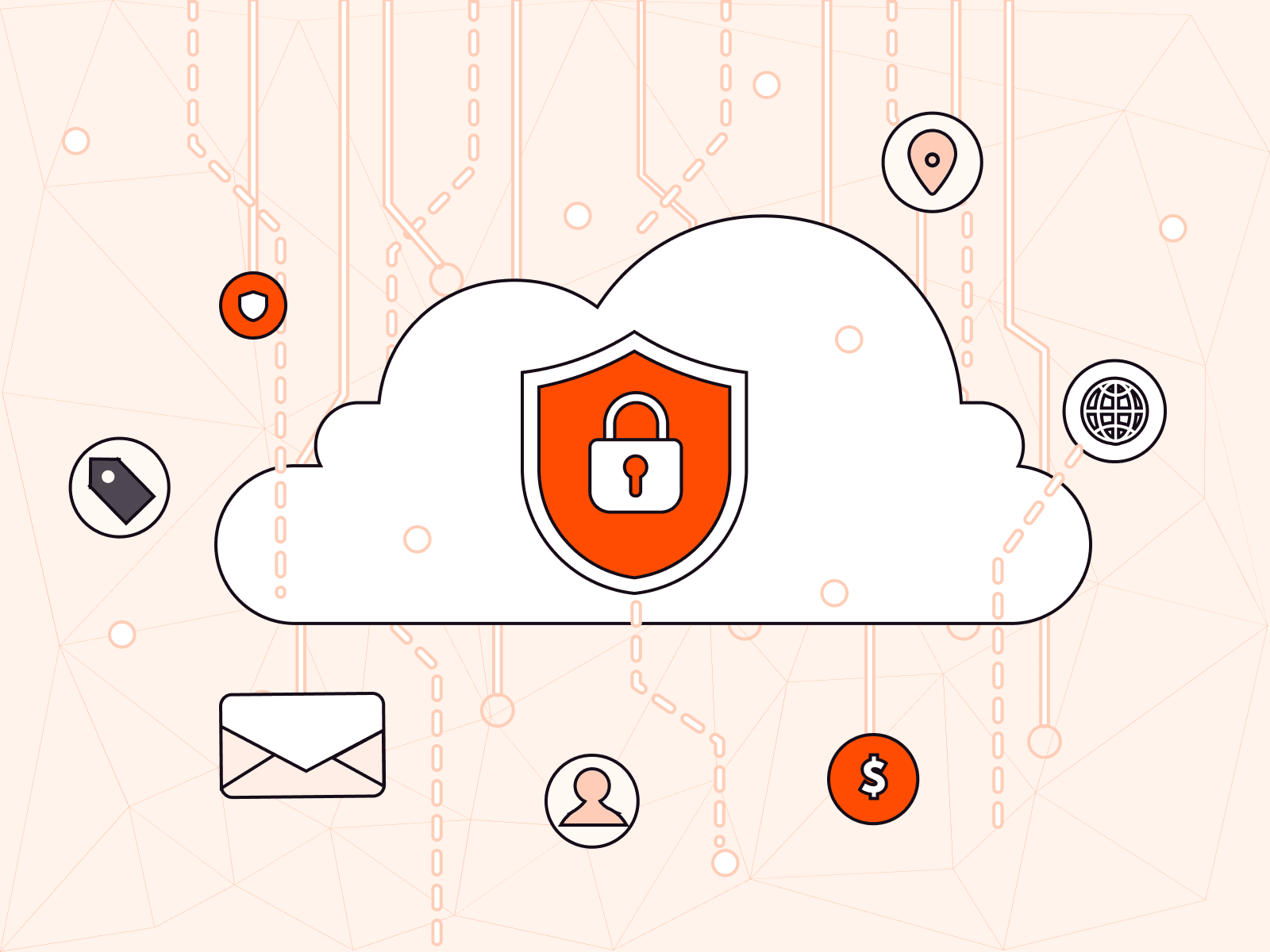Self-evolving AI cyber threats: the next generation of cybercrime
- January 27, 2025
- 5 min read

The days of predictable cyberattacks are fading fast. Today, threats learn and adapt as they go, constantly changing to outmaneuver your defenses. This may sound like the plot of a futuristic thriller, but it’s very real. Self-evolving AI cyberthreats are sophisticated attacks that unfold and evolve in real time, pushing traditional security measures to their breaking point. The message for security teams and decision-makers is clear: Evolve your defenses or risk a future where your adversaries outsmart your cybersecurity.
From static threats to self-evolving AI
Traditional threats follow predefined logic. For example, malware encrypts data; phishing schemes deploy uniform, poorly disguised messages; and brute-force attacks hammer away at passwords until one works. Static defenses, such as antivirus programs and firewalls, were designed to address these challenges.
The landscape has shifted with AI’s ubiquity. While AI drives efficiency, innovation, and problem-solving in complex systems, it has also attained a troubling role in cybercrime. Malicious actors use it as a tool to create threats that become smarter with every interaction.
Self-evolving AI has emerged as a dangerous development: an intelligence that continuously refines its methods during deployment, bypassing static defenses with alarming precision. It constantly analyzes, shifts, and recalibrates. Each failed attempt feeds its algorithms, enabling new, unexpected vectors of attack.
How self-learning AI threats work
A self-evolving AI attack functions by combining machine learning capabilities with automation to create a threat that uses constantly adapting strategies. Here’s a step-by-step of the process:
- Pre-attack surveillance: Before making an infiltration, AI conducts reconnaissance, gathering intelligence on system configurations, vulnerabilities, and active defenses. But what sets self-evolving AI apart is its ability to process immense amounts of information with unprecedented speed, covering an entire organization’s digital footprint in a fraction of the time it would take human attackers.
- Initial penetration: Entry methods can include exploiting outdated software, using weak credentials, or leveraging convincing social engineering tactics. The AI automatically selects the best breach strategy and often launches simultaneous probes to find the weak links.
- Behavioral modifications: When detected, AI behavior changes. A flagged action causes immediate recalibration: encrypted communication pathways, subtle mimicry of benign processes, or the search for alternative vulnerabilities. Static defenses become ineffective against this continuous evolution.
- Evasion and anti-detection techniques: Self-learning AI employs advanced methods to evade detection systems. This includes generating synthetic traffic to mask its activities, embedding malicious code into legitimate processes, and dynamically altering its signature to avoid triggering static detection rules. By mimicking normal user behavior and rapidly adapting to new countermeasures, the AI can stay under the radar for extended periods.
- Post-infiltration activity: Even once the AI has access to the data or has achieved system compromise, it continues to adapt. As the system’s defenses rise to meet the challenge, so does the attack, using decoys, strategic retreat, or further adaptation to avoid detection.
The result? Threats that seem to have a life of their own, responding dynamically in ways that stretch traditional security measures past their breaking point.
How adaptive AI threats impact businesses
One example of how self-evolving AI cyberattacks harm businesses is phishing—a traditional cyberattack mechanism that has taken on a new guise. With AI, spear-phishing campaigns have gone from crude, scattershot operations reliant on guesswork to weapons of precision. Data mined from email exchanges, social media profiles, and behavioral patterns helps the attacker craft messages indistinguishable from real correspondence. Every interaction further tunes the AI in its quest to manipulate its targets, fooling even the most skeptical recipients.
AI-powered malware outperforms traditional malware by leveraging real-time adaptability and intelligence, particularly in large-scale infiltrations like corporate network breaches. For example, instead of relying on a single method of attack, it can actively monitor live network traffic to detect vulnerabilities, identify valuable assets such as sensitive data or critical infrastructure, and dynamically adjust its tactics based on the environment it encounters. This might include switching between different penetration techniques, such as exploiting unpatched software vulnerabilities, mimicking legitimate network activity to avoid detection, or deploying customized payloads tailored to specific systems. This level of situational awareness and adaptability makes AI-driven malware attacks far more stealthy, precise, and capable of causing significant harm.
Ransomware is a type of malicious software designed to block access to a system or encrypt critical data, holding it hostage until a ransom is paid. Traditional ransomware often uses brute-force tactics, encrypting files across an entire system indiscriminately. Victims are typically presented with a demand for payment, usually in cryptocurrency, to regain access. What makes ransomware particularly devastating is its ability to cripple operations, disrupt critical services, and exploit vulnerabilities in organizations unprepared for such attacks.
Healthcare systems are especially attractive to ransomware attackers for several reasons. Hospitals and clinics rely heavily on interconnected devices and digital systems to provide care, from managing patient records and diagnostic tools to operating life-saving equipment. This dependency creates an environment where even a brief disruption can have life-or-death consequences, making healthcare organizations more likely to pay ransoms quickly to restore functionality. In addition, the highly sensitive nature of patient data—medical histories, insurance details, and personal identifiers—makes it incredibly valuable on the black market, further incentivizing attackers. Self-evolving ransomware compounds these risks by using AI to identify high-value targets within a network, tailor its attacks to specific vulnerabilities, and avoid detection, making it a particularly dangerous threat to an already vulnerable sector.
Why static defenses fail and the case for adaptive, AI-powered defenses
The root problem static defenses face is predictability. Traditional security measures, such as antivirus tools and intrusion detection systems, operate on a pattern recognition model. They look for known attack signatures or deviations from established norms. Self-evolving AI doesn’t follow these rules, bypassing pattern recognition defenses by being unpredictable and changing itself faster than static measures can keep up with.
Even polymorphic malware, which changes identifying markers in an attempt to evade detection, falls short. While polymorphic threats rely on pre-coded variability, AI-driven attacks learn and respond to changes in their environment. What worked to block one version of the attack may fail spectacularly against version two, deployed mere seconds later.
The counter to self-evolving AI-powered threats has to be equally intelligent. Static tools must be replaced by that monitor, learn, and respond on the fly against evolving attacks.
Some key components of an adaptive solution include:
- Behavioral monitoring: Advanced tools that analyze activity patterns to detect anomalies rather than rely on static rules. For example, unusual login times or data access behavior trigger real-time alerts, even without pattern deviations.
- Dynamic threat neutralization: AI-powered web application and API protection (WAAP) solutions are a particular standout in dynamic threat neutralization. These systems adjust defenses on the fly, applying machine learning models to identify and block adaptive threats without manual intervention.
- Proactive identification: Instead of waiting for attacks, modern tools actively search for vulnerabilities and suspicious activities, reducing the likelihood of successful infiltration.
- Automation and coordination: AI-based security systems integrate seamlessly across the organization’s ecosystem. Once a threat is detected, the response propagates itself network-wide, automatically executing containment and mitigation.
Learn more about why AI-powered cybersecurity is the best defense against AI threats in our dedicated blog.
Augmenting human expertise with adaptive tools
Security professionals remain indispensable. Adaptive tools don’t replace human expertise; they enhance it. With AI-powered solutions, DevSecOps engineers can decipher intricate attack patterns, anticipate the next move, and craft strategies that stay ahead of even the most sophisticated threats.
For leadership, the message is clear: investment in web application and API protection is no longer a challenge that can be pushed aside to be dealt with in the future, but an immediate requirement. The longer one delays action, the more vulnerable the systems are to threats that are becoming more effective, harder to detect, and increasingly challenging to mitigate.
Combat AI-driven cyberthreats with Gcore
The self-evolving nature of AI-driven cyber threats forces organizations to completely reevaluate their security strategies. Advanced threats change the landscape of adaptability, bypass conventional defenses, and challenge teams to reconsider their strategies. Still, with increasingly sophisticated cyberattacks, adaptive countermeasures powered by AI have the potential to become equally complex and rebalance the equation.
For organizations eager to embrace dynamic defense, solutions such as Gcore WAAP have become a much-needed lifeline. Driven by AI, Gcore WAAP’s adaptability means that defenses will keep evolving with threats. As attackers change their tactics dynamically, WAAP changes its protection mechanisms, staying one step ahead of even the most sophisticated adversaries.
Related articles
Subscribe to our newsletter
Get the latest industry trends, exclusive insights, and Gcore updates delivered straight to your inbox.






